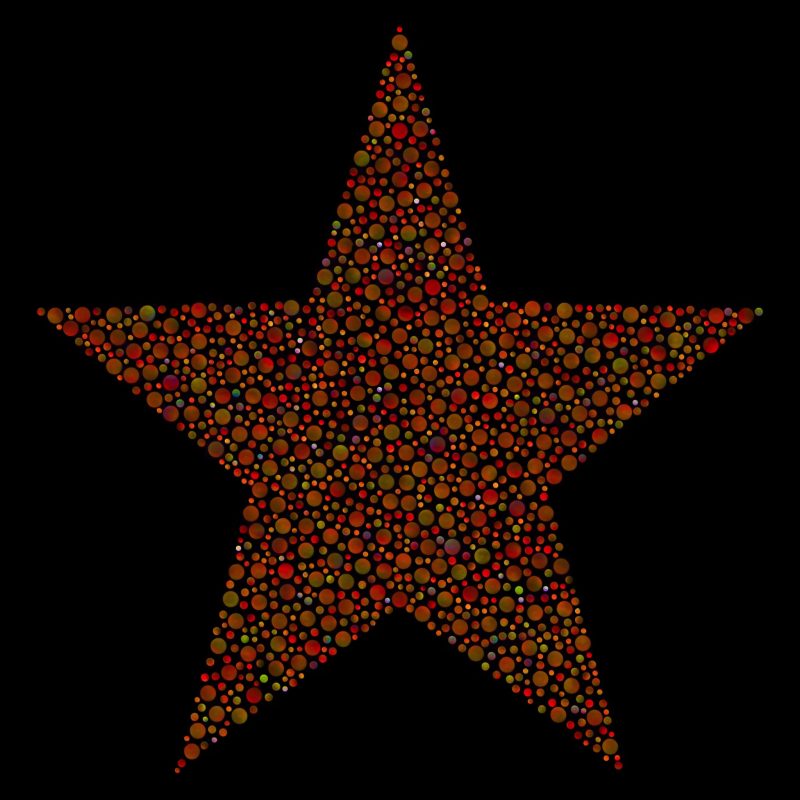
The colors of Betelgeuse
Betelgeuse is an orange-red star that will someday go supernova. Betelgeuse is the closest red supergiant to Earth at about 640 light-years away. It shines brightly in the easy-to-see constellation Orion, marking one of the Hunter’s shoulders. In 2020, Betelgeuse underwent a dramatic dimming period before returning to its normal brightness. While Betelgeuse’s demise is imminent on a stellar timescale, the supernova likely won’t happen in our lifetimes. Read more about the Betelgeuse supernova here.
Soumyadeep Mukherjee took this collage of the colors of Betelgeuse from Kolkata, India. He explained how he created this unique image of Betelgeuse, compiled into this whimsical star-shaped collage:
This image is made with 1,300 individual images of Betelgeuse captured with three different levels of defocusing. The defocusing was done intentionally to make the colors prominent and also to increase the size of the star. The levels of defocusing can be understood with three different sizes of the star in the image: large (high-defocusing), medium (mid-defocusing) and small (low-defocusing). I shot a total of 1,500 images (300 + 600 + 600) and randomly selected 1,300 images to compose the final one. The images were shot when the star was around 12-18 degrees above horizon. The final output image was slightly above 240 megapixels.
Stars can shine in a variety of colors, from cool red stars to blazing young blue stars. Stars also flicker and twinkle due to the roiling ocean of atmosphere over our heads distorting their pinpoint of light.

Bottom line: The colors of Betelgeuse arranged in a star shape enable you to see the variations in tone that this red supergiant star exhibits as it twinkles in the night sky.











